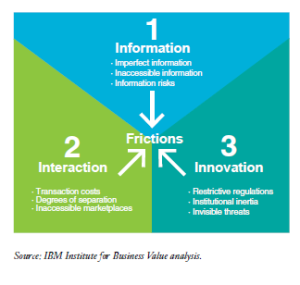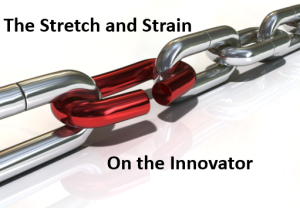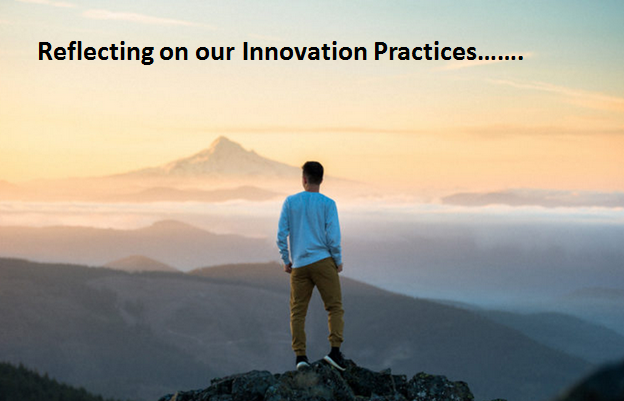 I was reading a report by the IBM Institute for Business Value’s “Fast Forward: Rethinking enterprises, ecosystems, and economies with blockchains”. In IBM’s thinking, they have clearly taken friction as part of the need to be broken down within any rebuilding of the supply chain. Well, I also believe these apply equally as innovation frictions. Reducing any frictions that get in the way is good, right?
I was reading a report by the IBM Institute for Business Value’s “Fast Forward: Rethinking enterprises, ecosystems, and economies with blockchains”. In IBM’s thinking, they have clearly taken friction as part of the need to be broken down within any rebuilding of the supply chain. Well, I also believe these apply equally as innovation frictions. Reducing any frictions that get in the way is good, right?
So I decided to builds out of their friction analysis, building on the thoughts offered in the report, adding the innovation perspective.
So here I am suggesting constraints that need tackling in reducing the innovation friction points, theirs was for blockchain. I did like a comment in the report stated: “Friction, in theory, could be digitized away” (page 3) and partly why I looked at the report in this digital perspective for future facing innovation solutions. The frictions hold true for innovators to resolve. Continue reading “Reducing the friction around innovation”








